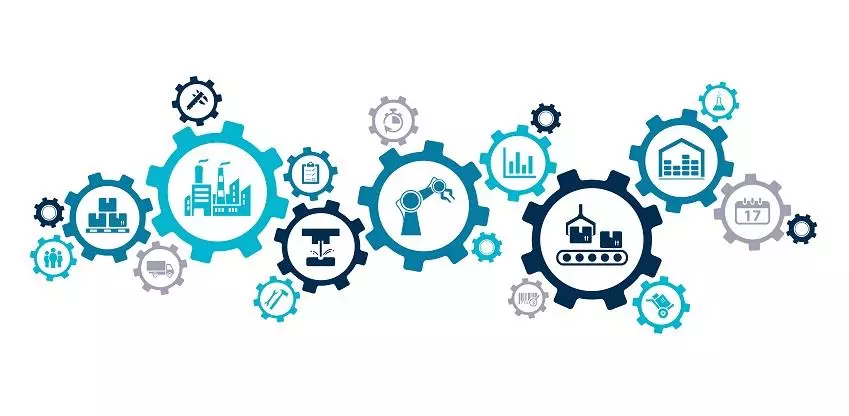The world of overhead cranes and hoists is like a language in itself – filled with intricate terms and nomenclature. Whether you're a novice navigating this intricate realm or a seasoned pro seeking a refresher, understanding industry-specific terminology is crucial.
A solid grasp on these terms not only heightens your safety and proficiency but also ensures that internal team communication is seamless. Moreover, it’s essential to be aware of the governing bodies, standards, and roles within the rigging industry. Let's embark on a journey through some indispensable rigging terms and insights.
1.Governing Bodies and Standards
- OSHA (Occupational Safety and Health Administration): They lay down the general safety and federal standards, which are reinforced through penalties and fines.
- ASME (American Society of Mechanical Engineers): Provides updated, detailed standards surpassing even OSHA.
- ANSI (American National Standards Institute): A private organization, setting a general framework for quality conformity and development assessment systems.
- Manufacturer's Recommendation: It's vital to heed product-specific guidelines about its maintenance, usage, and inspection.
- Company Guidelines: Bespoke safety rules tailored by employers for their industry.
2.Key Rigging Terminologies
- Overhead Crane (Bridge Crane): Used for lifting and transporting heavy items across a facility, it features a hook-and-line mechanism that traverses horizontally.
- Hoist: A device that facilitates the lifting or lowering of a load through a drum or lift-wheel.
- Load Block: The assembly comprising of a hook, swivel, sheaves, and more, suspended by the hoisting medium. This is where the load is connected.
- Sling: Straps or chains that fasten the load to the hoist. Varieties include chain slings, wire rope slings, and synthetic slings.
- Boom: The crane's extendable arm. Its flexibility varies – while some booms are static, others can be adjusted.
- Trolley: A unit that carries the hoist across the crane's bridge, aiding in horizontal movement of the load.
- Load Capacity: Signifies the crane or hoist's maximum lifting weight. Surpassing this can jeopardize safety.
- Dead End: The static part of the rope, contrasting the ‘live end’ which performs the lifting.
- Brakes: Devices in hoists and cranes that secure the load when the hoist isn't active.
- Rigging: The act of securing materials for lifting by machinery. Proper rigging is paramount for safety.
- Jib: A crane type where a horizontal member supports a movable hoist, which can be wall-fixed or on a floor pillar.
- Back-Hooking: A perilous method where the crane hook connects to its own load line.
- Drum: The cylindrical unit around which the hoist rope winds.
- Load Moment Indicator (LMI): A safety apparatus in modern cranes. It calculates the load's moment and alerts the operator about potential destabilization risks.
- Outrigger: Extendable legs on cranes that distribute the weight and provide stability during heavy lifts.
3.Rigging Personnel
- Designated Person: An individual assigned by the employer or their representative for specific tasks.
- Competent Person: With a firm grasp on applicable standards, they identify workplace hazards and possess the authority to rectify them.
- Certified Person: Not a standardized definition in rigging, but generally implies the person has received certain training or endorsement.
- Qualified Person: An individual with a recognized professional standing in their field due to their expertise, training, and credentials.
- Qualified Rigger: A person meeting all the prerequisites for a rigger role.
Conclusion
Understanding the intricacies of rigging is the first step to mastering this vast domain. With this guide, you now possess a foundational knowledge that can set the stage for deeper learning. Remember, in the realm of rigging, knowledge isn't just power – it's safety. Always refer to your training or consult industry experts when in doubt. Safety should always be the priority.

